48 Hours in Meissen, the Porcelain city of Germany

Where are all the tourists ?’, we wondered as we sipped on a lovely glass of the local Müller-Thurgau wine. It’s 11.30am – must be wine o’clock somewhere. Suns beating down on our heads and there’s an eerie pindrop silence in the main square. The only thing that breaks our reverie are the occasional trucks delivering barrels of wine. Plus every 15 minutes you hear the unique 37 porcelain bells of the Frauenkirche ‘Church of Our Lady’ rattle the empty blue sky for a few seconds before returning the square to its blissful solitude. We soothe our souls further with wine, sunshine and that silence, looking in awe at the century old pastel perfect buildings around us. God, Meißen you are beautiful. How come no one told me about you? Germany is studded with so many fairytale towns and villages and Meißen is right up there with the best-definitely a city worth visiting. If you are curious to learn more, I have created a guide of the best things to do in Meissen over a weekend or a simple day trip from Dresden.
1. Have a guided tour of Meissen
Meissen is a compact town but with a lot of detail. In order to understand the city better within the limited time we had, we were very happy to have a guided tour of the city from local, Silke Altmann. Silke main passion is wine growing and she runs a very popular winery tours of the region.
The wine growing region in Saxony spreads from Pirna, Dresden, Meißen, Radebeul up to Diesbar-Seußlitz in the northwest of Meissen. Lot of our initial conversation, which centred around wine, led us to our first discovery of the day.
Just on the cobbled street leading from our hotel, Silke points out these lush, forest green leaves climbing up the walls of the local Schinkenkeller. These were some of the oldest vines in the city which still produce grapes to this day and are used for making wine. Silke then leads into the very pretty, cobble-stoned square of Meissen’s Altstadt. One of the key landmarks of the square is the Church of our Lady ‘Frauenkirche’ church. If you have the time, do climb the 193 steps up the spire of Frauenkirche church to get some incredible views of the city. However, given the limited time we had, we stood outside the church to observe its very unique bell tower. The bells of the church are pretty unique- built in 1929, the 37 bells are made from the local Meissen porcelain. At regular intervals throughout the day, the bells ring so time your visit around the bells.
Meissen is a ridiculously pretty town with beautiful cobbled streets and some really unique buildings. One of the unusual characteristics of many of the older buildings were these lovely built in seats at the entrance. As you can see from the picture, perfect for having a chat with a friend while soaking in the lovely sunshine.
Silke takes us through a shortcut -a very steep staircase that leads from the cobbled square to Albrechtsburg Castle. There is a wee cable car that can take you up but the walk albeit quite taxing, rewards us with some lovely views of the fantastic medieval skyline of the Aldstadt and the Elbe river in the distance. We then go for a brief wonder around the exterior of the majestic Meissen Cathedral– Silke recommends we have lunch at the historic Domkeller restaurant and also that we do not miss the organ concert at 12pm-cool tips like that which always make having a guide so useful.
Essentials: You can organise a tour of Meissen or a wine tour via Silke’s website
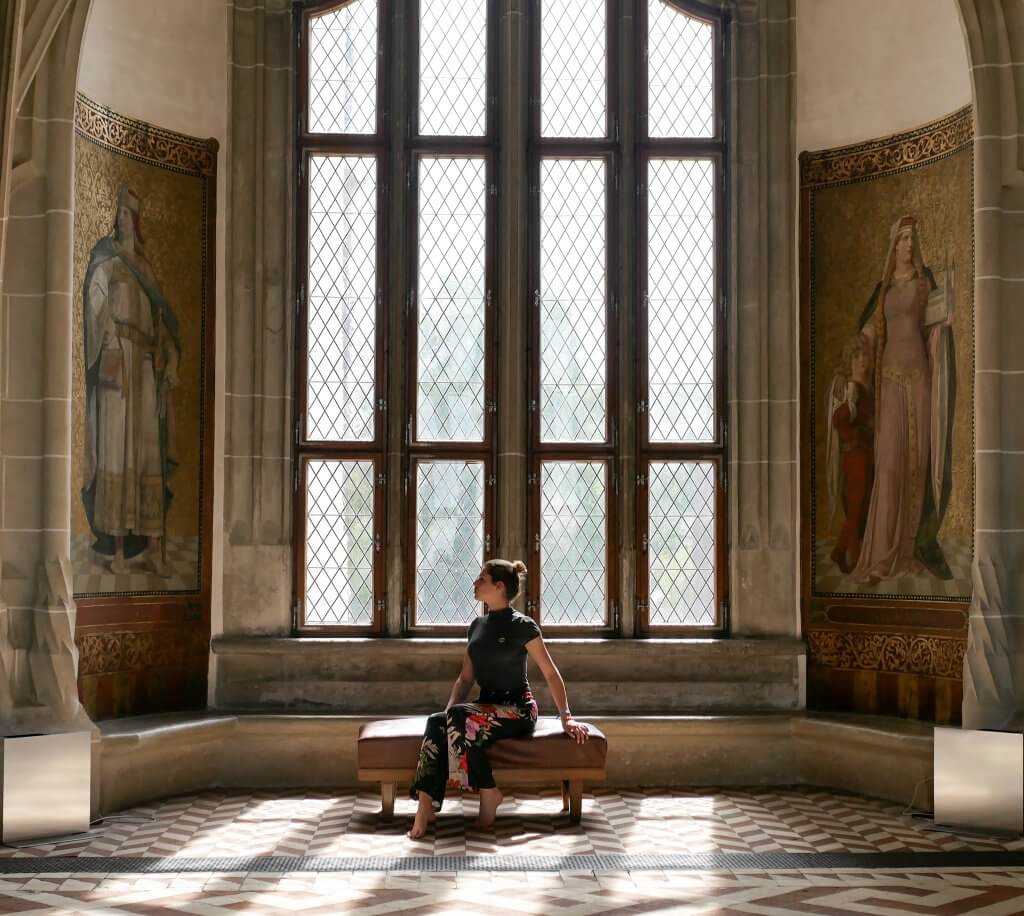
2. Visit the oldest castle in Germany: Albrechtsburg Castle Meissen
The iconic landmark of the city, the Albrechtsburg Castle in Meissen was established in 1471 in the Gothic style. The Castle, beautifully poised above the banks of the Elbe River, presents the perfect picture postcard view of Meissen. The interior of the medieval castle is designed in the late-Gothic style and is considered Germany’s oldest castle. The castle was built with the idea that it was to be a regal residence. A palace built on the grounds of superior architecture rather than enhanced defence. Architectural novelties of the time were cellular vaulting applied throughout the castle, arched windows and a basement over two floors deep.
However, rather than serve as a royal residence, Albrechtsburg Castle functioned as a place to manufacture porcelain. In the late nineteenth century the castle was given another facelift with the creation of many murals depicting historical events that occurred in and around the castle. Presently, Albrechtsburg Castle is the repository of all these treasures, weaponry, historical furniture, candelabra and various household effects.
Address: Domplatz 1, 01662 Meissen, Germany
Hours: Monday to Sunday – 10am to 6pm
Rates: Full rate – 8 Euros; Reduced Rate – 6.5 Euros
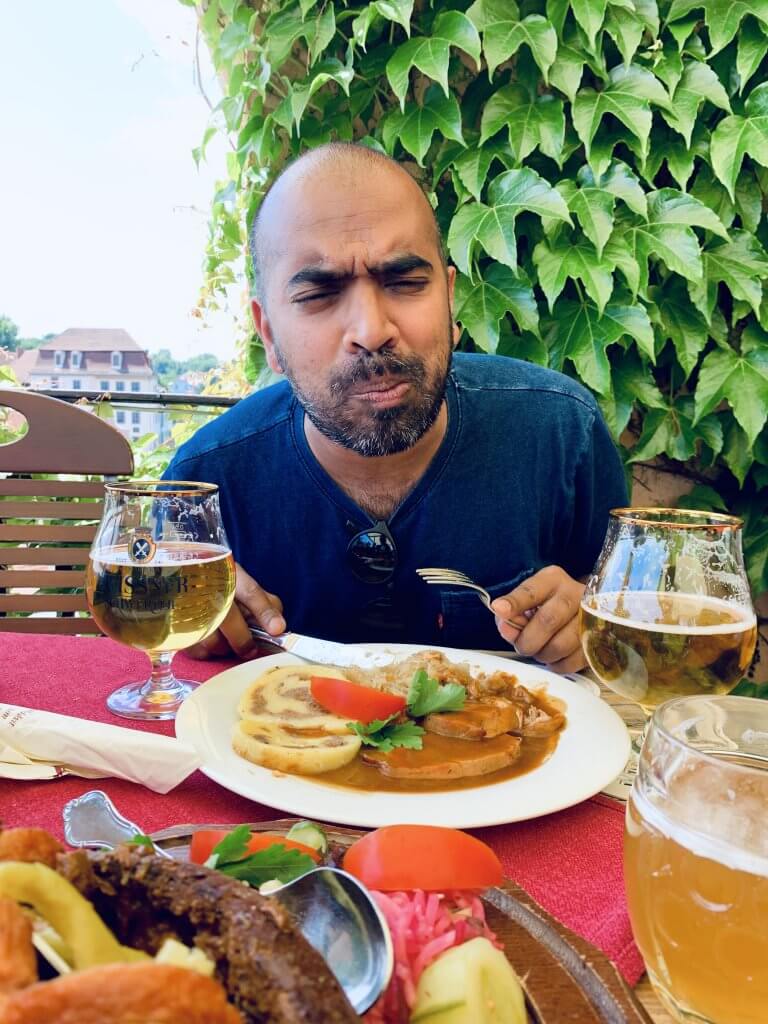
3. Lunch at the oldest restaurant ( with a view!) in Meissen: Domkeller Meissen
The Domkeller definitely lives up to the hype and is one of the highlights of any trip to Meissen. I would use the word “Gemütlichkeit” to describe it- that feeling of instant zen, cosiness when you walk into place. Formerly the cathedral cellar, the restaurant has a wonderful rustic feel typical of a German bierkeller. Dating back to 1270, it is the oldest restaurant in Meissen. One of the best places to dine here is their outdoor terrace which offers the best panoramic views of the city. The restaurants offers a range of very hearty and filling local Saxon dishes. Sabrina enjoyed a beer goulash ( €13.60) which was served in a loaf of bread with some salad on the side. With her dish she also received a 0,3 glass of the local Saxon beer. I ordered grilled pork slices served in a black beer sauce with sauerkraut and potato dumplings. ( €15.80) Also recommend trying here the local Meissen beer, the Schwerter Schankhaus -pils type of beer, easy to drink. Lovely place-do visit!
4. Catch the afternoon organ concert at Meissen Cathedral
Meissen Cathedral, also known as the Church of St John and St Donatus, is like its neighbouring Castle, built in the Gothic style.
Key features of the Cathedral to pay particular notice here include the Cranach altarpiece, the intricate portal to the Princes Chapel, the main lofty, vaulted nave of the Cathedral and the two 81 metre high Neo Gothic spires. The present day Cathedral dates back to 1260 AD and includes sculptures of founder Emperor Otto and his wife Adelaide. The interior of the Cathedral were also embellished with the paintings of Lucas Cranach the Elder during this time.
The beautiful Prince’s Chapel was a later day addition in 1425 and was used as a family burial place for the Kings and Queens of Saxony.
Best time to visit the Cathedral is during their organ service from 12-12.30pm ( Fee: €3 ) Meissen Cathedral is no longer used for church services but is open to the public from 10am- 5.30pm for a nominal entry fee.
Address: Domplatz 7, 01662 Meissen, Germany
Day 2
5. Watch sunrise from the Meissen Albrechtsburg
Perfectly perched on top of the hill Meissen , Albrechtsburg offers panoramic sweeping views of the Elbe river below and the sea of red tile roofs that define the Aldstadt and beyond. If the sky is clear and if you are an early riser, it is definitely worth getting up at sunrise to climb up the hill to the Albrechtsburg : the castle has a small outdoor terrace from where you can get great views plus it is free to access at all times.
6. Church of Our Lady in Meissen
The Church of Our Lady in Meissen is a Protestant church that has a history dating back to 1205 AD. It’s a beautiful little church that has evolved over nine centuries, hand in hand, with the town’s economic development due to the upswing of the guilds. The Gothic Hall Church was completed in 1450. The Church towers over the remainder of the town and along with Meissen Castle and Cathedral forms a distinctive and recognizable part of the town’s skyline.
Make sure you take some time to pause and listen ( every 15 minutes) to the church chorales played on the 37 porcelain bells that have been playing tunefully since 1929.
Address: An der Frauenkirche 1, 01662 Meissen, Germany
7. Lunch at Fuchshöhl Punjabi Haveli
I didn’t expect to find a proper authentic Indian restaurant in Meissen but that’s what Fuchshöhl Punjabi Haveli is: authentic flavours, freshly prepared and really delicious ‘home style food.’
If you want a bit of everything, strongly recommend their ‘thali’ dishes where you get a choice of two curries, rice, dahl (lentils), roti ( flat bread) and chutney. It’s a steal at just €8.50!
8. Guided tour of Meissen Porcelain
I’ll openly admit-I’ve never been a fan of porcelain and visiting the museum was not high on my list. However, visiting Meissen and not going to the Porcelain Museum would be like visiting Paris without seeing the Louvre or the Eiffel Tower. Meissen is the biggest and oldest manufacturer of porcelain in Europe and porcelain aka ‘white gold’ played a huge role in the city’s history.
Little bit about the history of manufacturing porcelain in Meissen: Meissen Porcelain Manufactory has been in business for the past 300 years. The porcelain pieces of Meissen are world famous for their quality, purity, exclusivity and the high level of craftsmanship that is poured into each individual piece. In the 17th century European nobility were struck with the porcelain craze. At the time porcelain pieces were obtained at high prices from Asia. After considerable effort from skilled chemists, miners and smelters Saxon clay was employed to produce European white porcelain. The first European Porcelain Manufactory was established in Albrechtsburg Meissen and the secrets of porcelain manufacture were kept a closely guarded secret. However, within a few years Porcelain manufactories were cropping up all over Europe but the signature Crossed Swords of the exceptional Meissen porcelain is one the oldest known continuously used trademarks to this day.
Back to the present: first thing that catches your eye when you enter the museum is the magnificent Saxonia, a life-size elegant female made from 8,000 single handmade Meissen porcelain blossoms and referred to as the Saxon Statue of Liberty. It is the largest freestanding porcelain sculpture in the world and was created to mark the 25th anniversary of German reunification.
Other highlight of the trip is the building itself- built in 1916 in the style of a Neoclassical banquet hall, it is beautiful building to walk through with lots of light and adding an air of grandeur to proceedings. What you see in front of your eyes is basically a journey into 300 years of porcelain manufacturing, from 1710 to the present day, the collection is presented chronologically. The pieces themselves are beautiful and really exquisite examples of amazing craftsmanship. I would have loved to have bought a cup or plate for my family but it is really expensive. One thing to remember here is that all the Meissen plates, cups, and vases are still crafted together by hand today.( I did buy a magnet made from porcelain for €25-probably the cheapest souvenir I could get my hands on ) To get an insight into the process of how these pieces are put together, guests to the museum are invited to observe the craftsmen at work where you can see how Meissen porcelain takes shape- from how the porcelain is moulded and then turned into figurine to later when the painter applies the famous cobalt blue paint and later when colours are applied by hand to the glaze of the porcelain. Another thing I loved about the tour was the chance to speak to the craftsmen themselves, some of whom have been working at the factory for almost 30 years. One thing that was clear speaking to them all that the job is a true labour of love- many had to serve a 3-4 year apprenticeship before they were made permanent.
Address: Talstrasse 9, 01662 Meissen, Germany
Top tip: Try the Meißner Fummel at Konditorei Zieger
Don’t leave Meissen without trying the city’s famous delicacy, Fummel! It is probably the most unusual pastry in the world: a puffed up balloon of wafer thin dough with a generous filling of air and dusted with sugar.
The pastry has a great backstory: Augustus the Strong apparently asked local bakers to make this very fragile pastry for his couriers to carry. The couriers who were entrusted to carry the Meissen porcelain would often break it because of their fondness of Meissen wine. To prevent them from drinking, the couriers would be required to carry the fragile fummel and show it intact on arrival in Dresden-savage eh 🙂
Best place to savour the Meißner Fummel is at Konditorei Zieger ( Rote Stufen 5, Meissen )
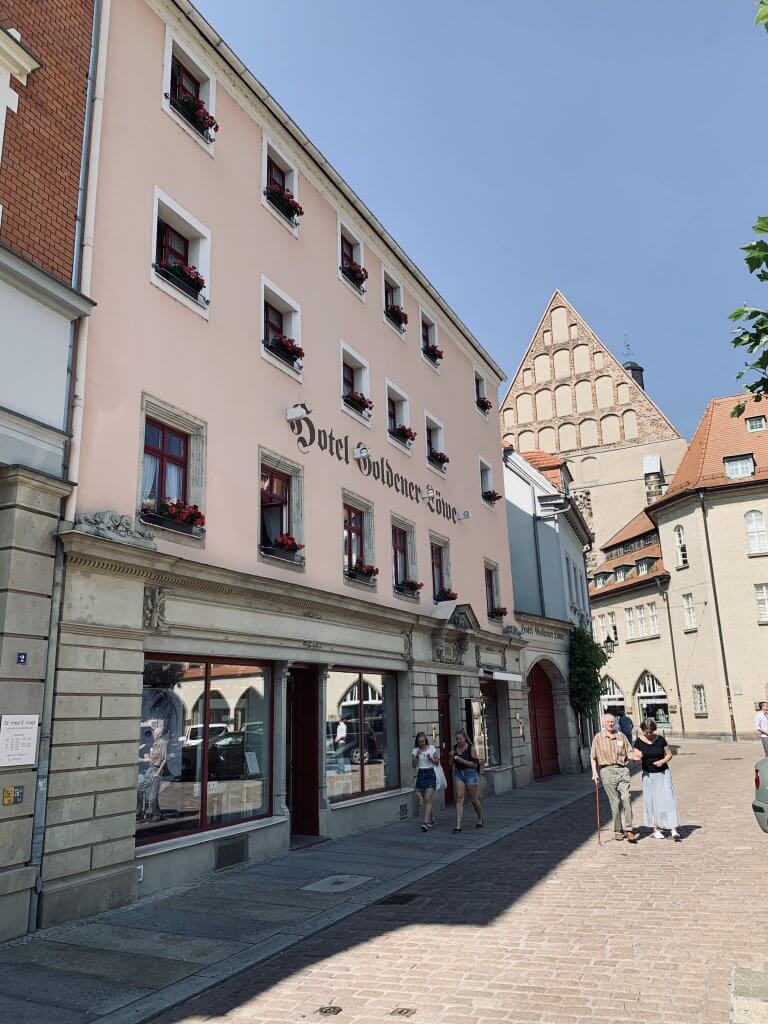
Where to stay in Meissen: Hotel Goldener Lowe
Built in 1657, this hotel located in the heart of the old town of Meissen’s picturesque old town is the perfect base for exploring the city. Rooms are very charming in keeping with the historic character of the hotel, extremely spacious and clean. There’s a very cool bar downstairs complete with fireplace-perfect place to relax after a long day of exploring the city. We did not get a chance to eat at the hotel restaurant but heard only good things. Plus, the buffet breakfast is fantastic here with a range of hot and cold items plus they also have Sekt if you’re looking for a sparkling start to your day. The staff here were extremely welcoming and helpful- they made our stay very enjoyable.
Address: Heinrichsplatz 6, 01662.
Via booking.com, prices for a double room start around the €80 mark.
Disclaimer
My stay in Meissen was possible thanks to the support of the Saxony Tourism Board who invited me to discover some of the region’s lesser known cities: Meissen, Görlitz and Bautzen. I’d like to take the opportunity to let you know that while my trip was supported by the tourism board, the article and all the views represented here are entirely mine. Thank you for reading.
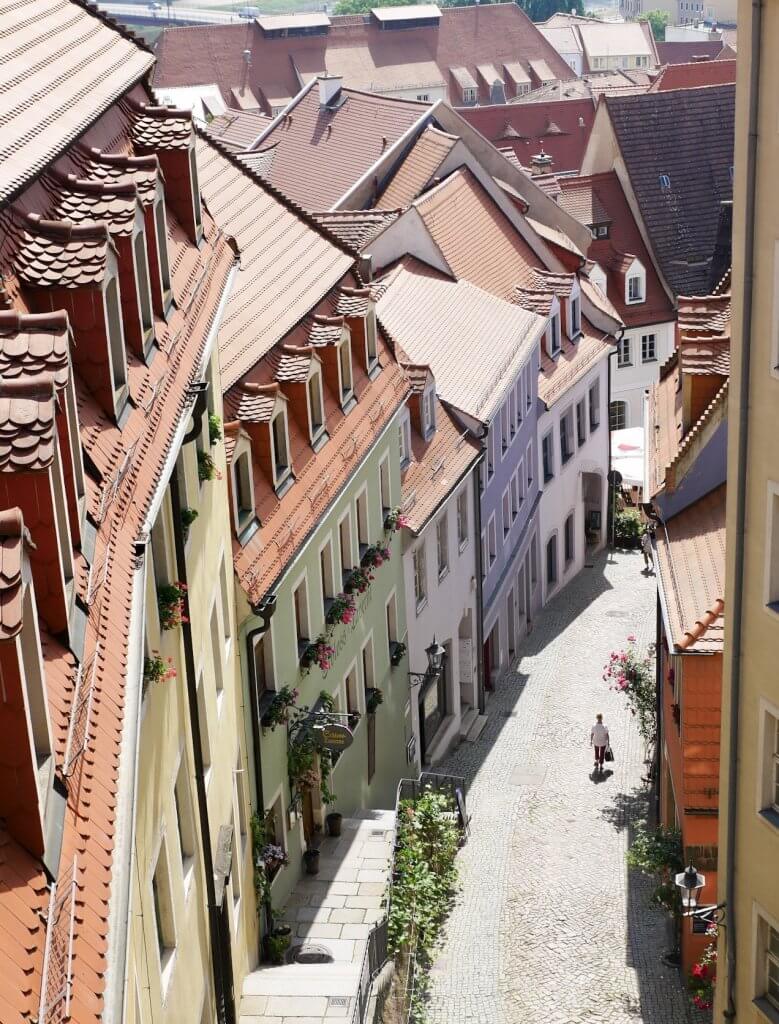
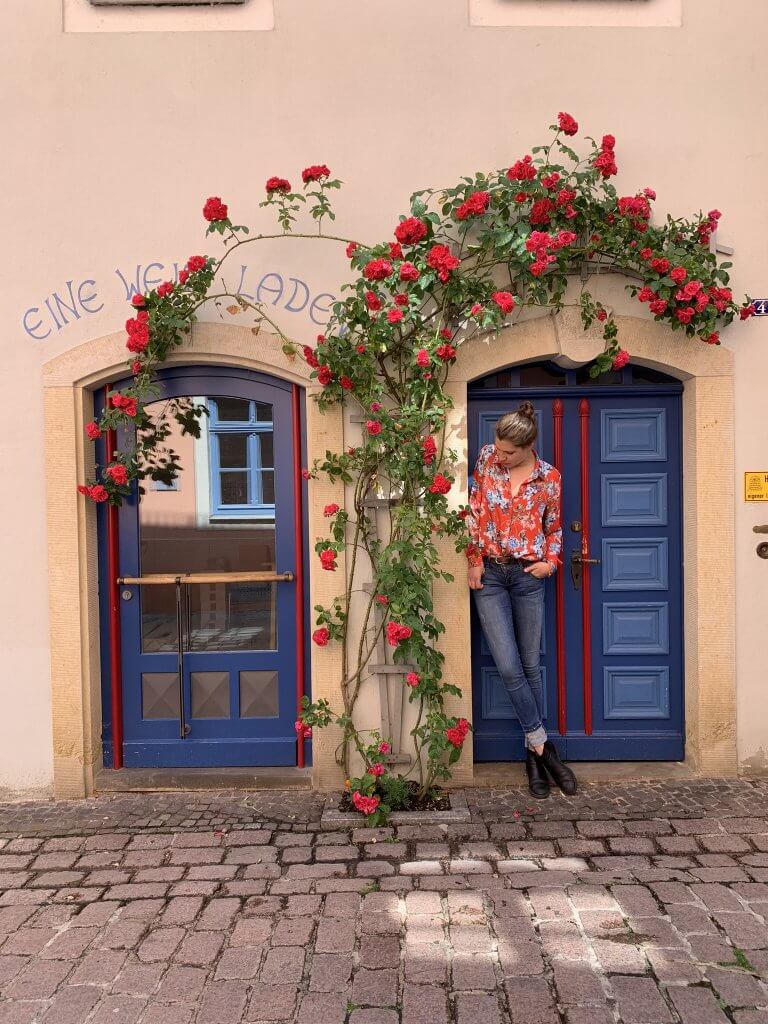
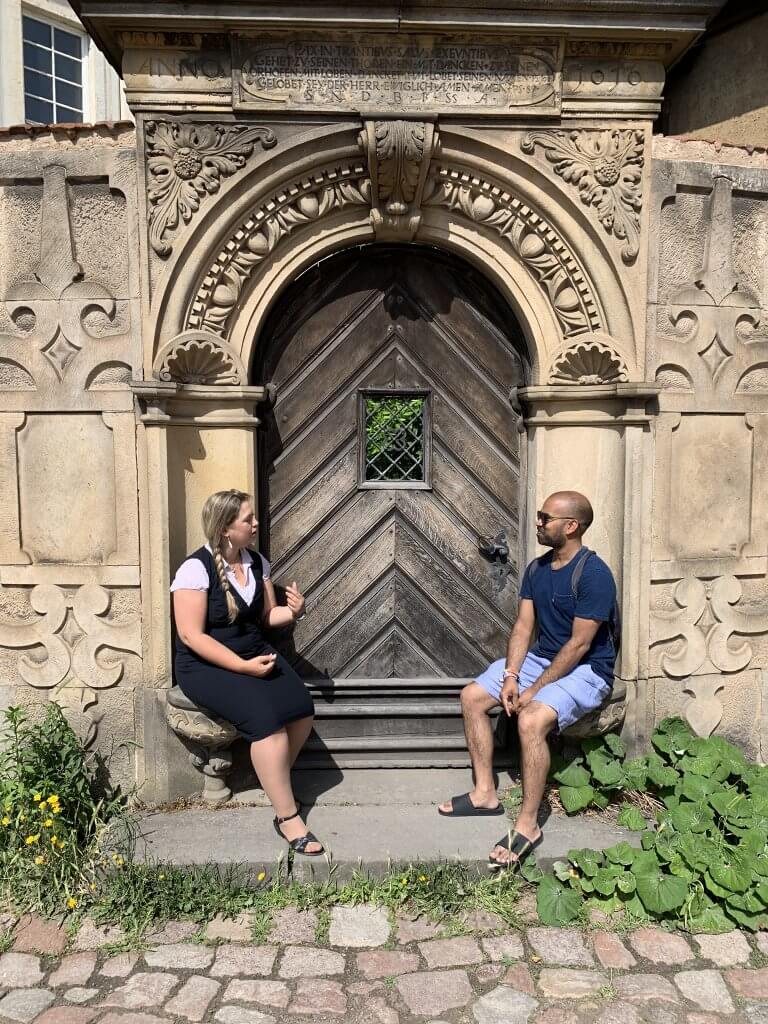
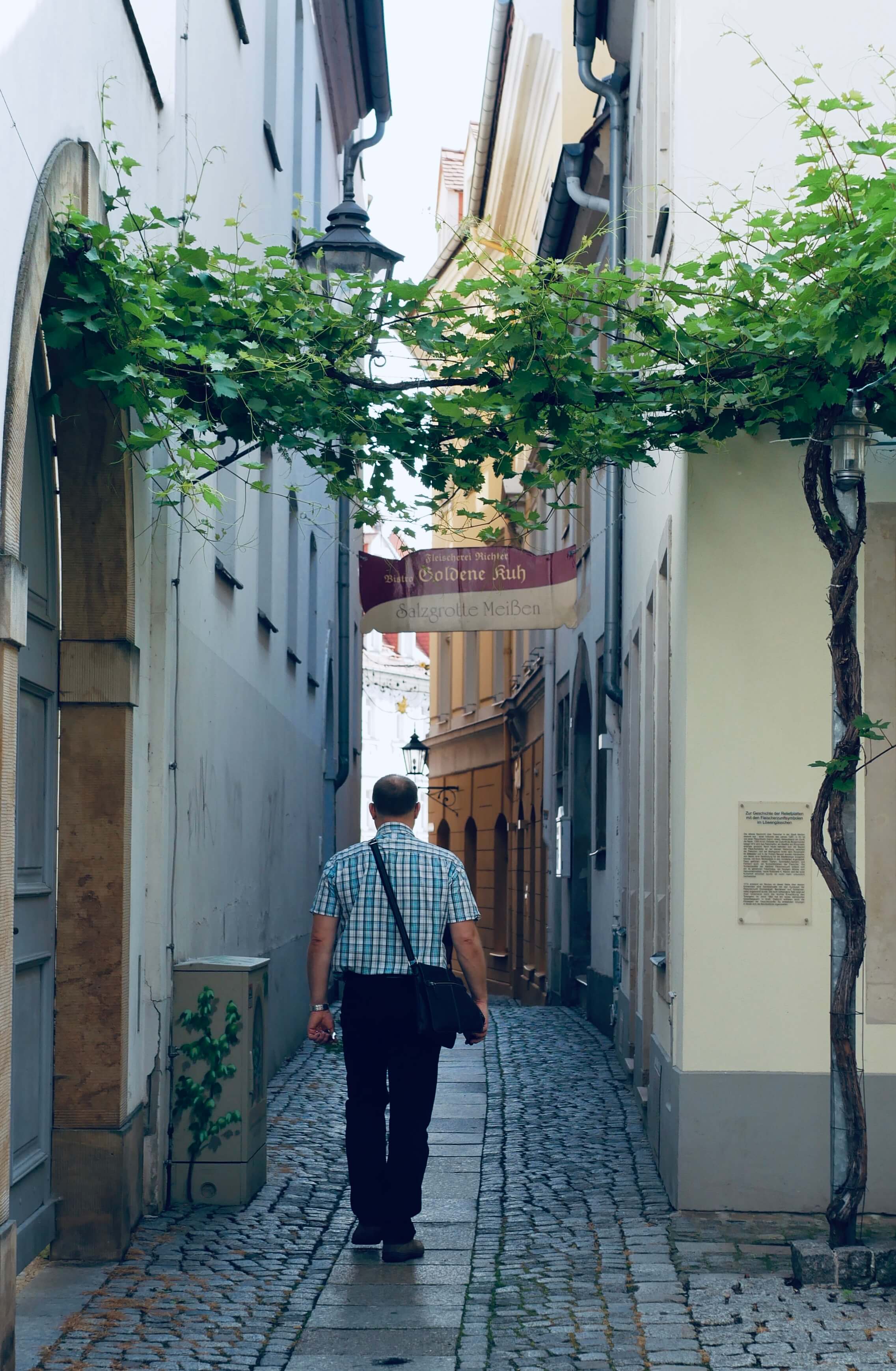
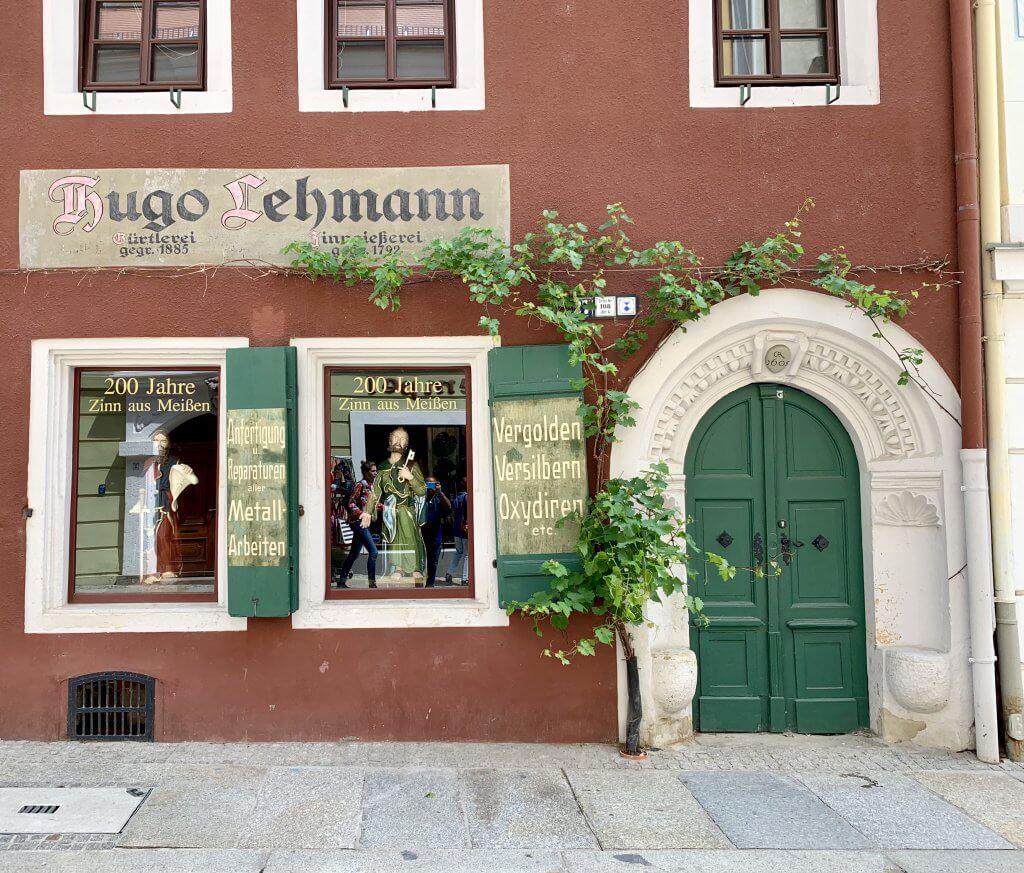
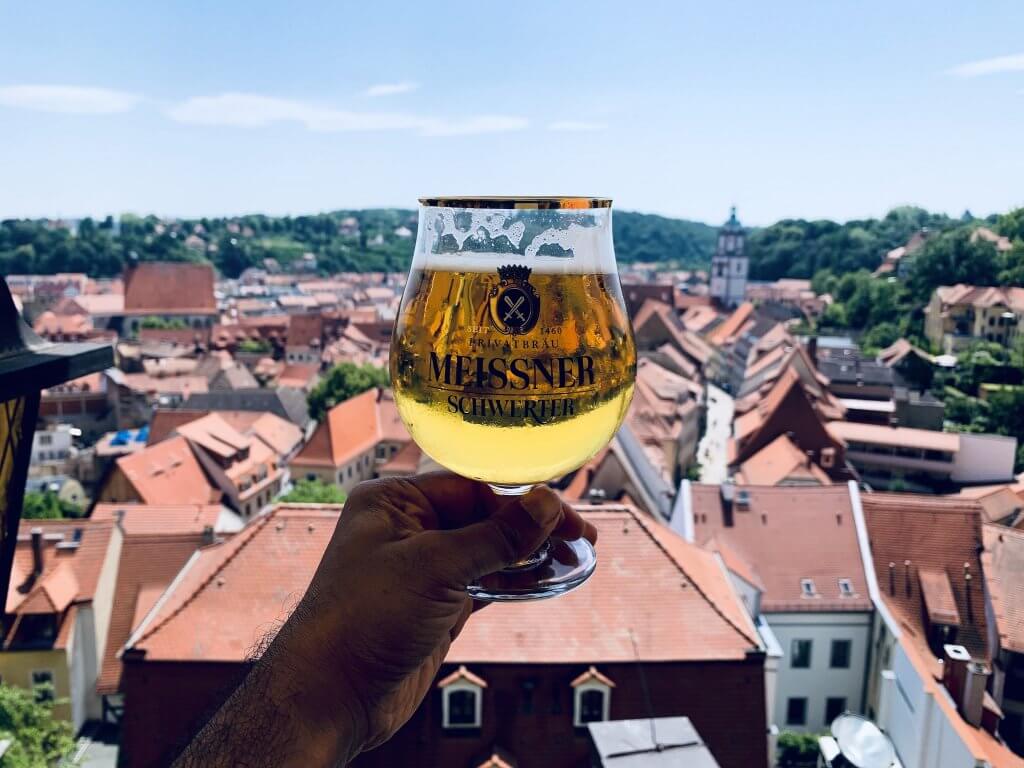
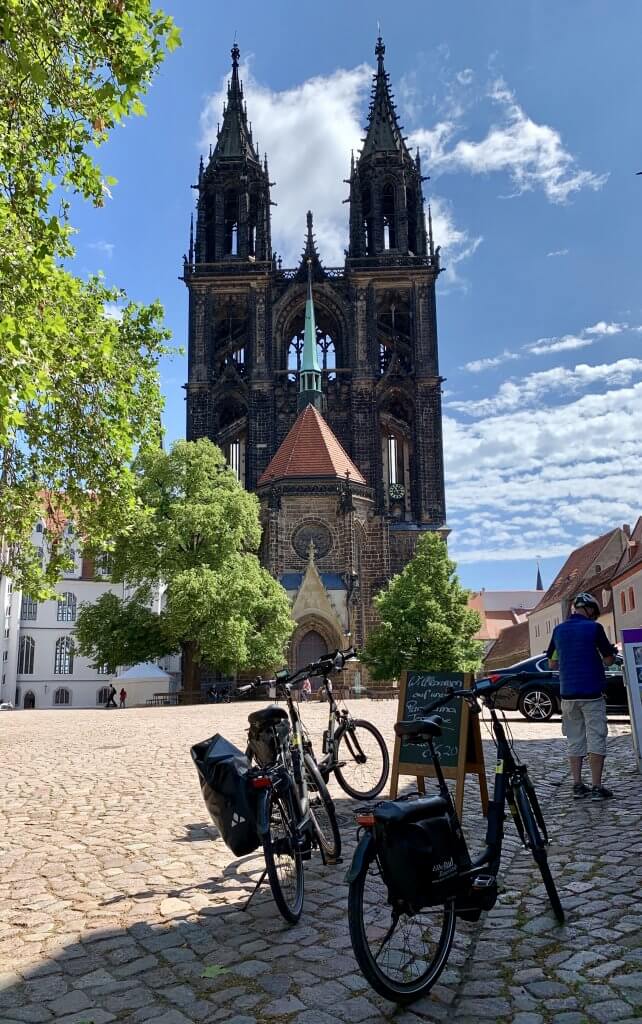
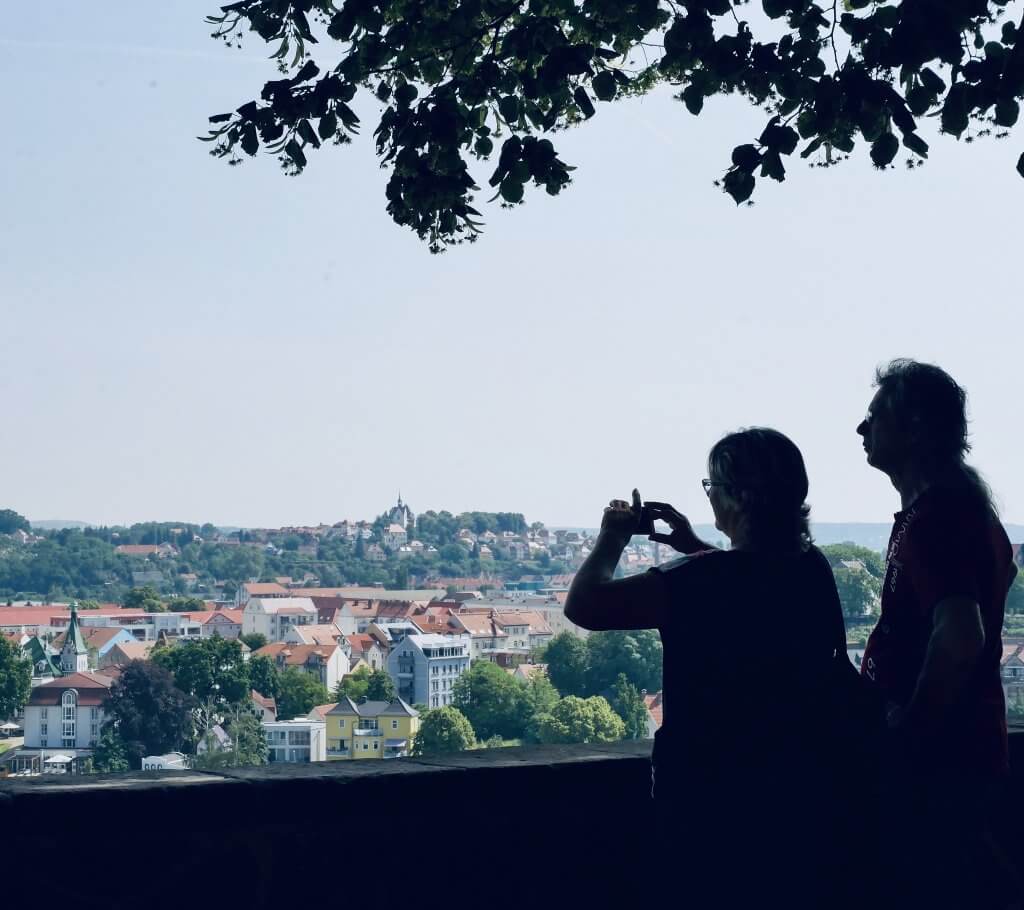

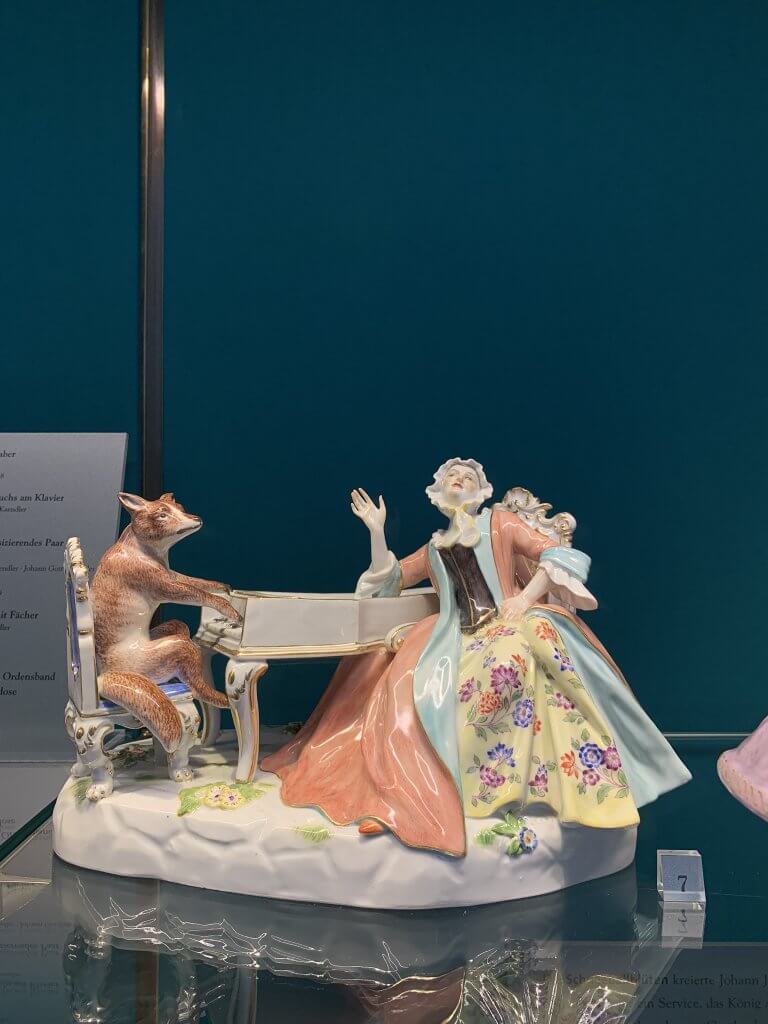
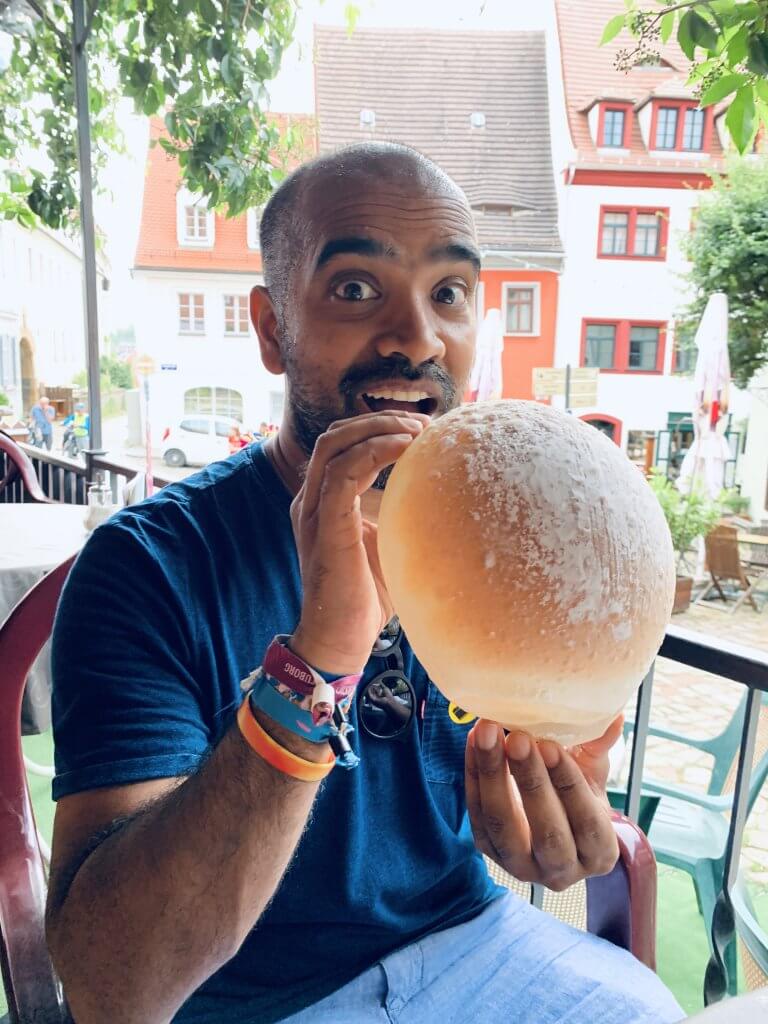
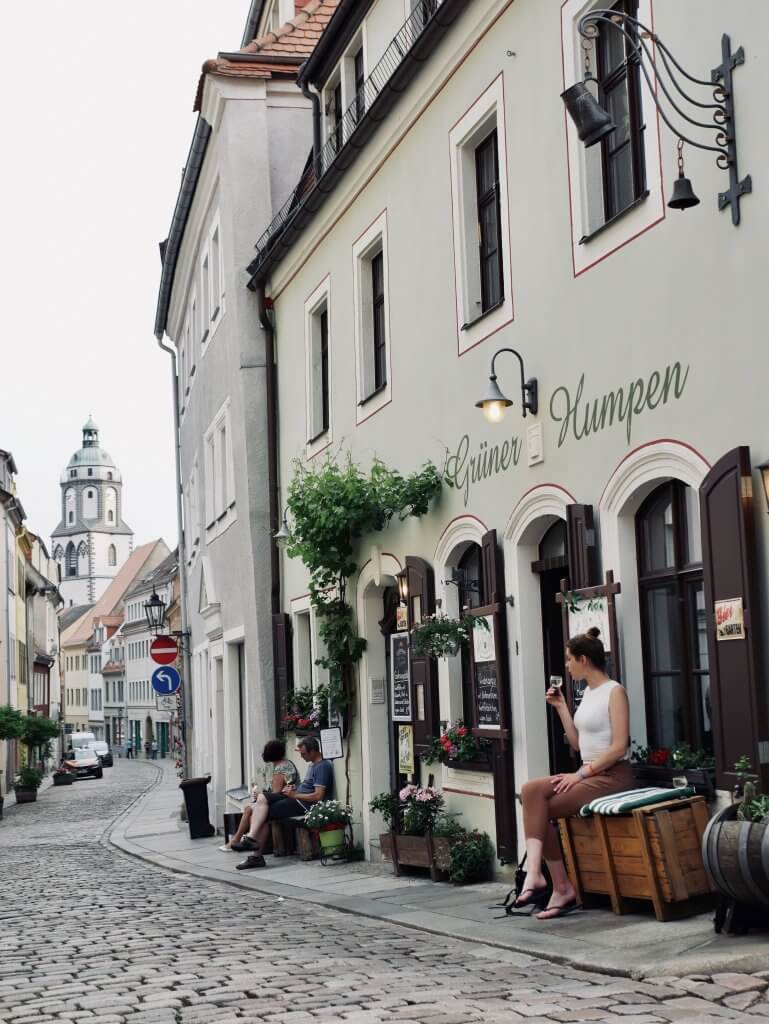
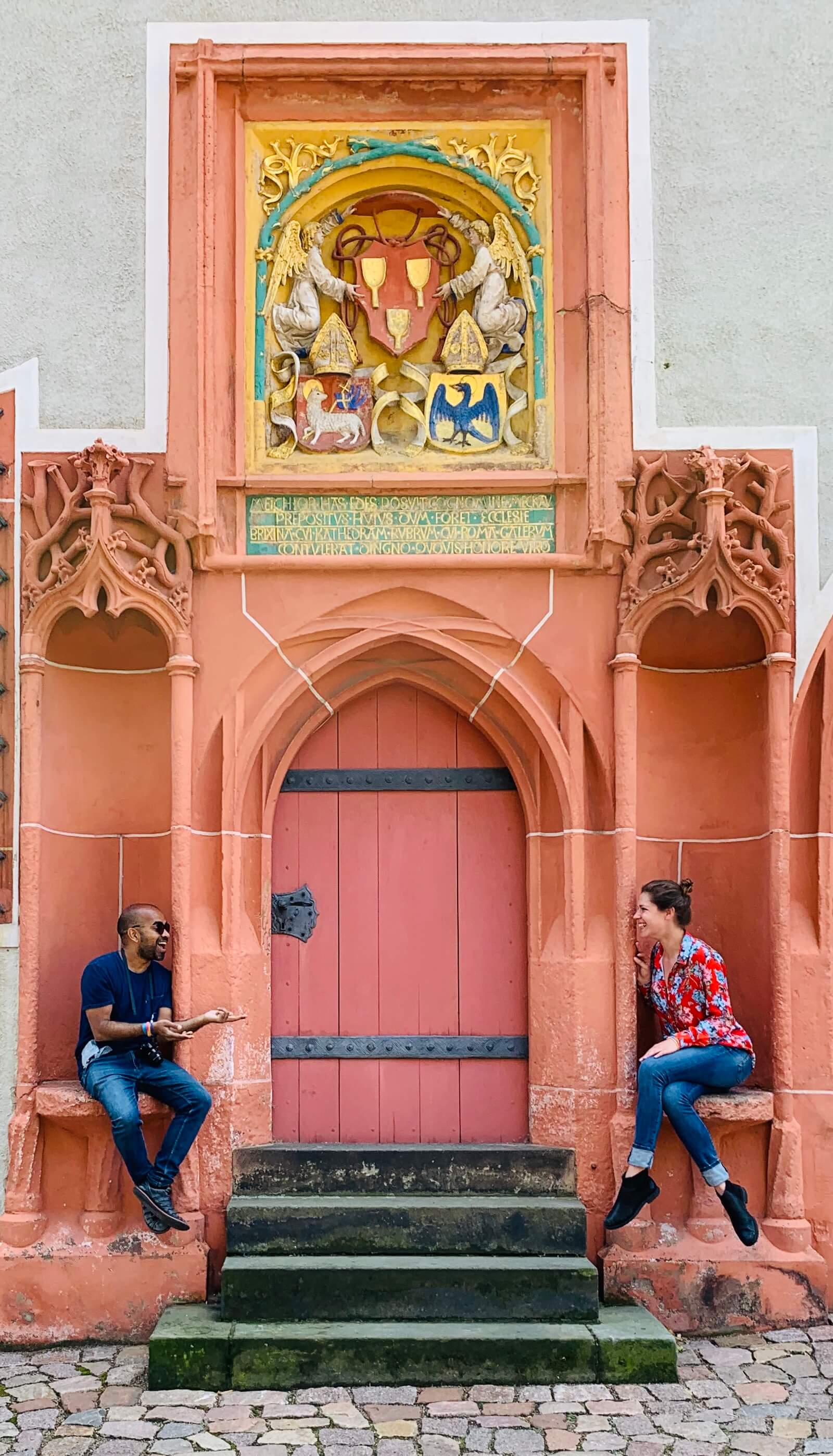
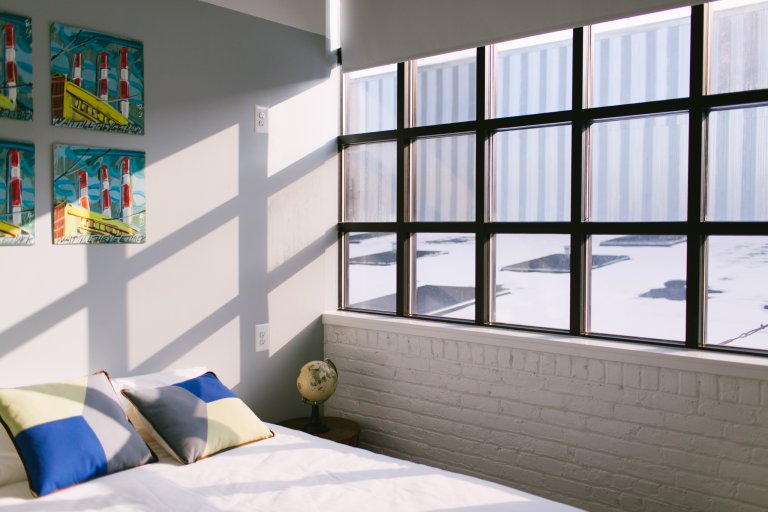
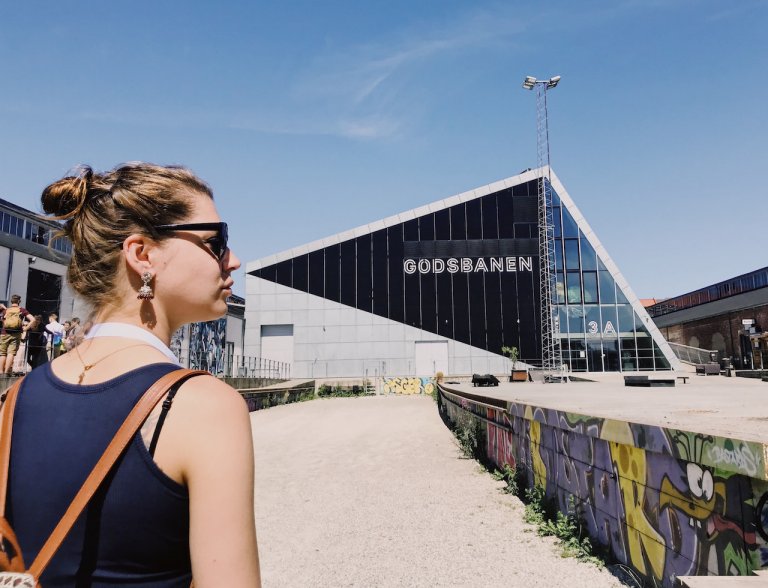

Amazing captures.
Germany has always been a beauty.
Hello Kash, lovely pictures… Seems like you actually found out a bit of India in Germany. Nice. I loved the blog!